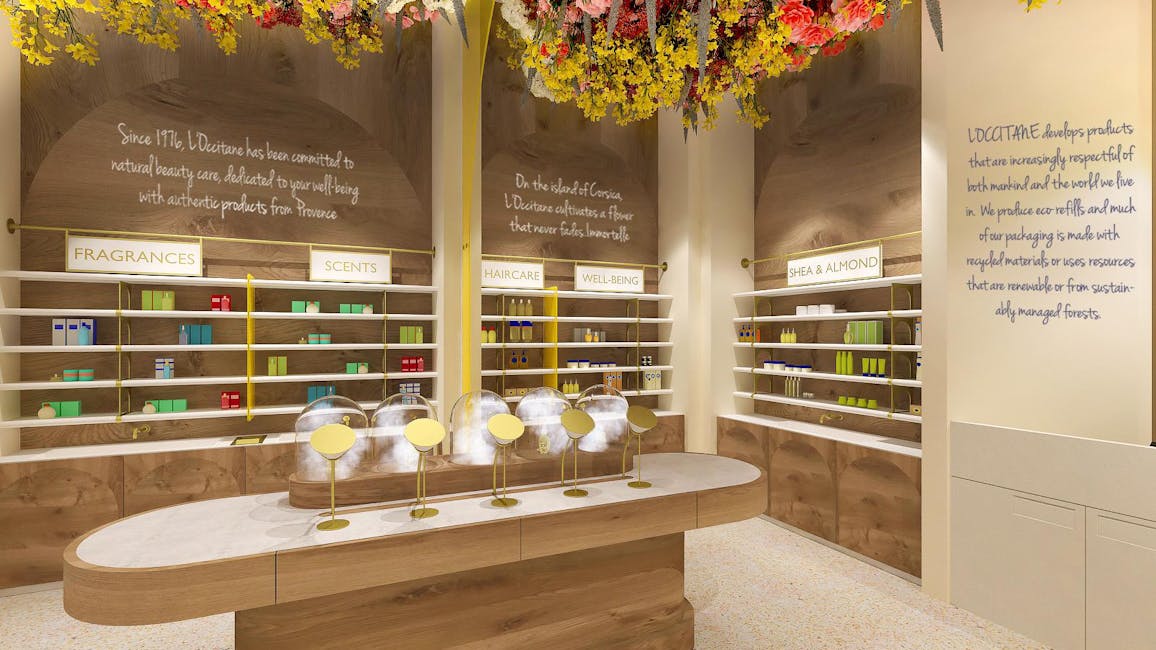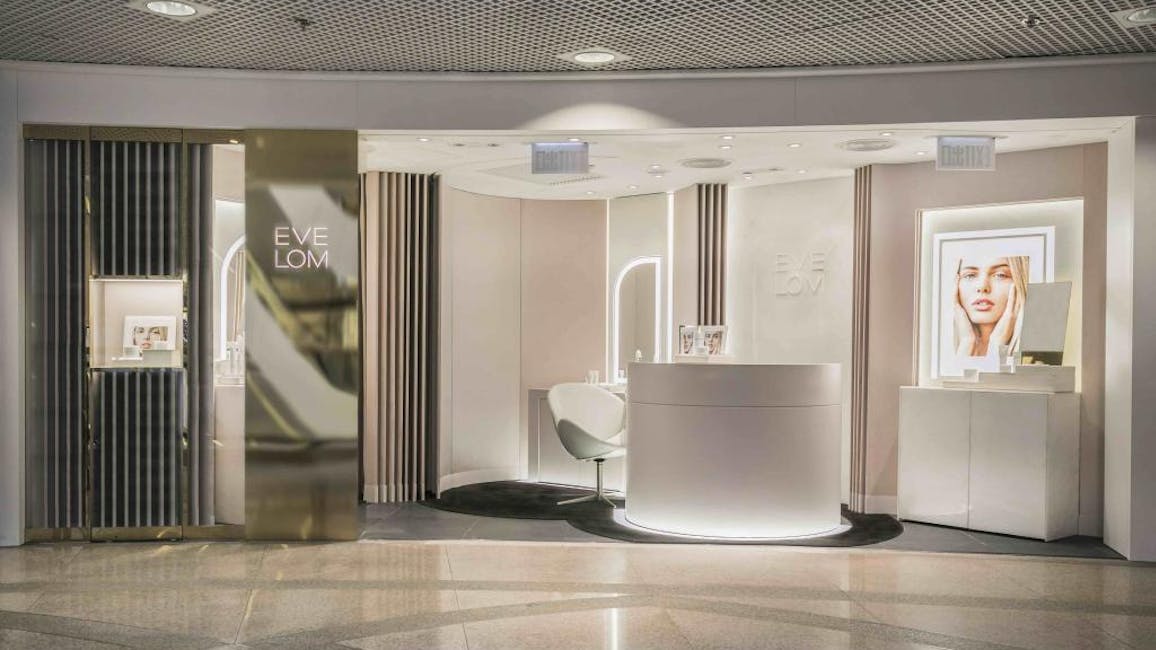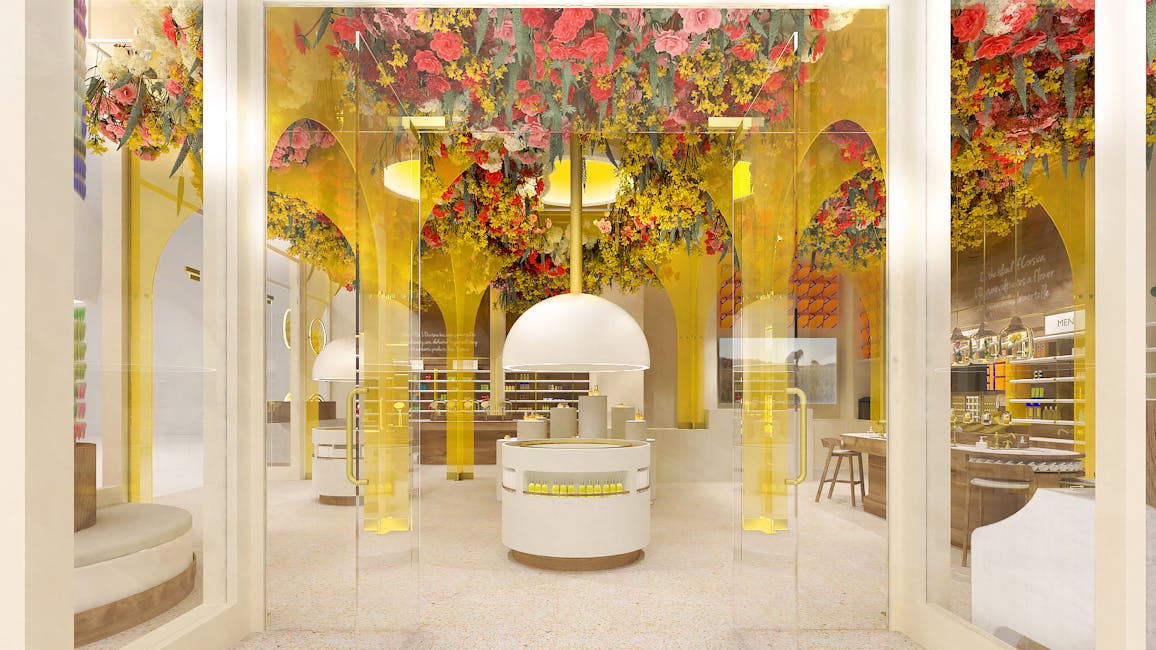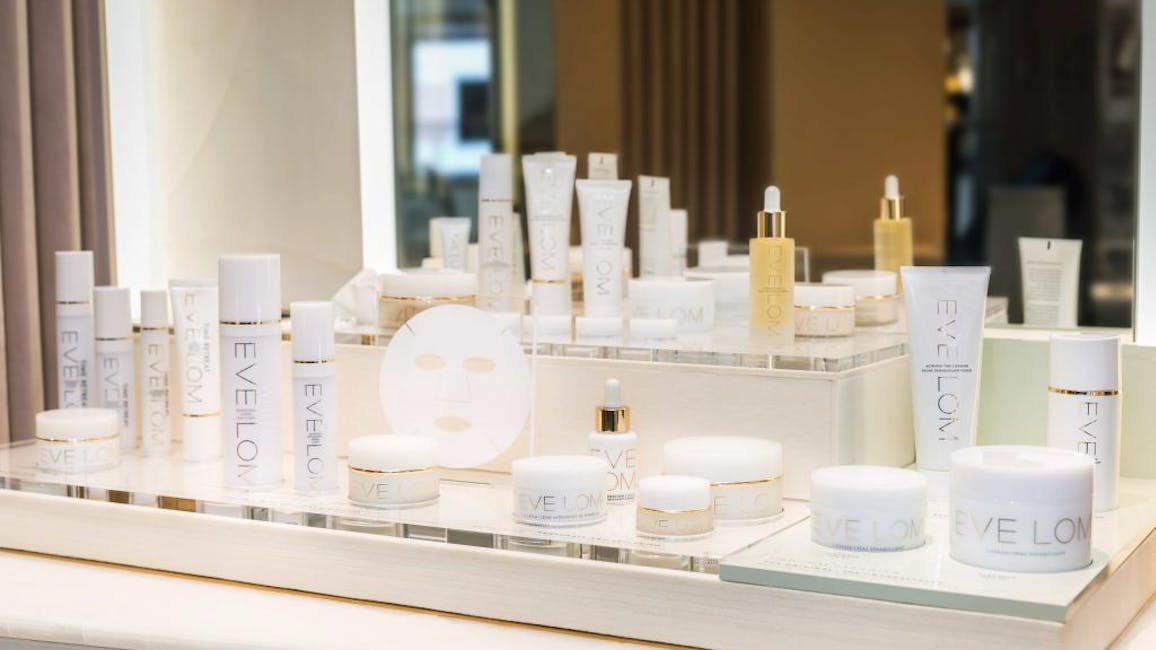Five Tips For Creating Captivating Retail Experiences

In an unusual twist to the digital age, brick-and-mortar locations are being reevaluated and revived. Brands like Glossier, Winky Lux, Madison Reed, Goop, The Nue Co, e-Salon and Dirty Lemon born to thrive on social media and ecommerce have introduced pop-ups, stores and salons.
Christopher Skinner, founder of School House, a creative brand agency with a client roster that includes L’Occitane, Eve Lom, Tata Harper, Ouai, Fenty and Kevyn Aucoin, and a former visual merchandising specialist at Fresh, Space NK and Victoria’s Secret, believes the physical resurgence isn’t over, but brands won’t benefit from it unless they cultivate truly compelling store, salon and pop-up experiences that draw customers again and again.
“We’re falling into this rut of, ‘I don’t have time. I don’t have money. I will just do same execution that I’ve seen elsewhere.’ It’s my job to challenge that,” he says. “We really need to be thinking about the future of these experiences.” Beauty Independent implored Skinner to offer tips for indie beauty brands extending their businesses into physical spaces.
Here are his top five
Have A Narrow Focus
Pop-ups have become ubiquitous, and the pop-up label has been slapped on events, installations, full-fledged stores and more. Despite their ubiquity, Skinner argues they aren’t meaningless, but he advises brands opening pop-ups to drill down on what makes them meaningful. “How do you think of a pop-up as a true point of distribution different from brick-and-mortar or online? What is the customer looking for there, and what can I serve up to her in a short amount of time?” he asks. Skinner counsels brands not to try to communicate a multiplicity of messages with a pop-up. “Tell one facet of your brand,” he says. “It’s a bit size piece of inspiration, just like an Instagram post. An Instagram post doesn’t have to tell everything about a brand.
A pop-up is the same thing manifested three-dimensionally.” Homing in on one element of messaging – it could be a particular product, charity initiative, ingredient approach or collaboration – allows brands to easily turn to another element if they want to revamp the space or introduce further pop-ups or shops, and invites return visits from shoppers without inducing boredom.

Personalize At The Local Level
Standardization is efficient, but Skinner finds it completely uninteresting. He asserts brands should tailor stores and pop-ups to geography and specific sets of customers rather than replicate concepts exactly over and over. “We will see brands creating moments for segments of their customers depending on the location of their pop-ups and brick-and-mortar,” he says. “Standardization puts us first and not the person in the store, and it will continue to fall. I think we will see hyper localization in design choices and beyond.” Speaking of beyond, Skinner suggests merchandise selections and services can cater to local clientele. “If I live in Florida and it’s January, my skin has different needs than if I live in New York during that month,” he says.
“As an industry, we love casting people. We love to say, ‘This is for those who are 20 to 30, 40 to 50 or 50 to 60,’ and you can’t cast people like that. There’s a lot of collective concerns, but there are individual concerns, too. That’s going to be a challenge when you think about assortment, but how does that become part of the story?”

Consider Customer Habits And Settings
Customers don’t enter shops in a vacuum. Skinner advises brands to pay attention to their mindsets and situations, and fashion spaces appropriate for them. Skinner details the L’Occitane units in Toronto and New York that he worked on took into account the environments surrounding their locations in their designs. In the hustle and bustle of the city, the New York store delivered refuge. Amid a comparatively stale mall, the Toronto store supplied theater with, among various features, rain shower sinks. “We couldn’t have done that if we didn’t think about what the customer was looking for and being really bespoke to that location,” says Skinner. “Upfront listening to the customer sets the stage.” Customers today are also constantly attached to technology.
There’s a good bet they’ll be looking at their phones inside stores. Skinner indicates stores don’t have to provide information customers can discover deftly with quick Google searches on their phones. “In stores, there’s so much copy, text and messaging, but we know no one is reading that,” he says. “Could they shop just through imagery and no messaging? People are becoming used to visual imagery. We need to change how we engage them in the physical space.”

Services Should Be On-Brand
The importance of experience and play isn’t to be underestimated in beauty retailing. Services can be critical to the experience component, but Skinner warns brands won’t take advantage of services fully if they don’t convey their unique attributes. He mentions Caudalie’s in-store spa services highlight grape-derived ingredients central to the brand. “That’s something bespoke to them that you could never get at a Fresh or Lush because it’s so ingrained in their history and legacy,” he says.
“How do you create that? Make the services your own because that’s what people will come back for.” The service menu doesn’t have to be extensive. Skinner points out a 10-minute hand massages or a quick hair straightening sessions could be sufficient if those are the services the brand calls for. He emphasizes, “It’s about a menu of what you do really, really well. Brands need to be honest with themselves about what they can support and do well.”

Avoid Merchandise And Design Overload
Clutter is the enemy of clarity. Skinner notices brands often try to stuff stores with merchandise, and the result is befuddlement. “It’s off-putting and hard to connect to when stores try to say too much in a small amount of space,” he stresses. “Really step back and think, ‘If I walked into this store, what would I come to know about the brand?’” Even though a skincare brand might like to promote its body care, it could cloud the merchandising story by littering a skincare-oriented assortment with a barrage of body care items.
“Really think about what part of your brand you want to bring to life,” says Skinner. He adds brands shouldn’t let store design interrupt shopping, and the forging of relationships between brands and customers. “I question how much people are interested in architecture and fixtures,” says Skinner. “How does a brand win with inexpensive architectural and material choices versus putting money into the experience?”
This article was originally featured on the Beauty Independent site (link)